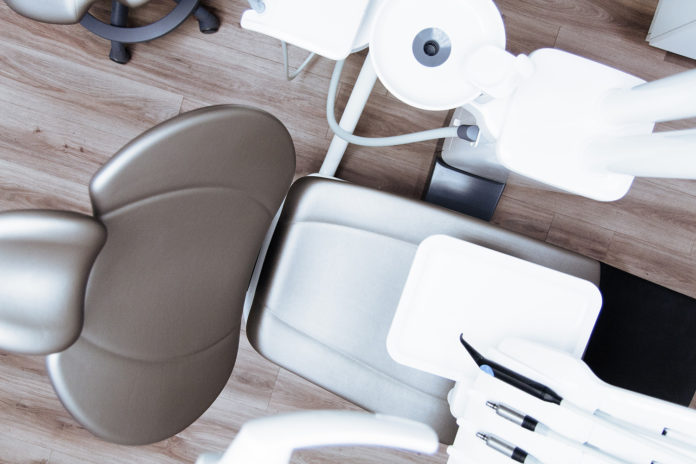There are still a lot of adults that choose not to go to a dentist because of a phobia developed through a bad experience as a child. However, dentistry is a specialisation that keeps on making advances over the years and thanks to digital technology, has transformed into a service very different from what people remember from childhood.
With the advancements made in high-resolution digital imaging, for example, a dentist can now get a more accurate picture of the underlying health of a patients teeth, gums and jaw, making treatments more targeted and effective.
Helping patients with a dental phobia
Modern technology has enabled dentists to detect dental health issues much earlier than before and apply treatments before the condition develops into a real problem. For patients with dental phobia, this means catching things early and treating them with less lengthy or invasive dental procedures.
CAD/CAM assisted crowns, bridges and dental implants have enabled dentists to create very precise treatment plans, perform more effective restorations and minimise stress and discomfort for their patients.
The use of diagnostic tools such as digital radiography, digital imaging of fibre-optic trans-illumination, optical coherence tomography, laser fluorescence, etc. has not only increased the efficiency of dental treatments but has also improved the predictability of outcomes.
This means that anyone who was traumatised as a child when visiting the dentist can safely return to having regular dental check-ups and treatments knowing that they will never have a repeat episode of their childhood experience.
The use of state-of-the-art AI technology has opened up many new ways to treat nervous patients and deliver better dental care to those who are anxious about revisiting a dentist.












